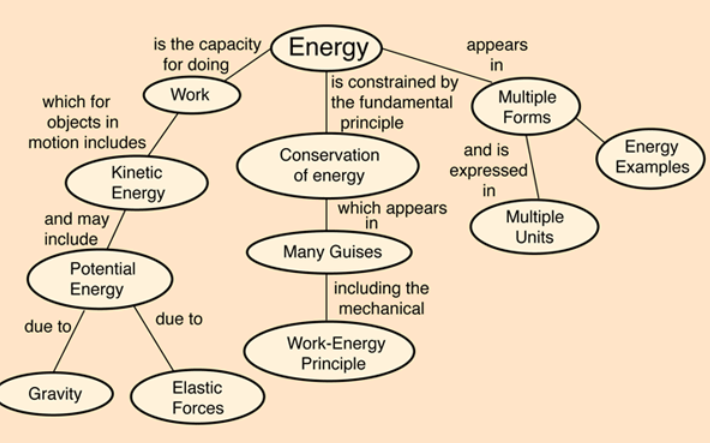Here is a flow chart of the forms of energy, with links .

Conservation of energy is one of the fundamental laws governing physical systems and is the only reason why one can talk of "negative energy"
here is a breakdown of the forms that **Conservation of energy ** takes

In almost all frames negative energy exists, in the sense of conservation of energy, for example between potential forms and kinetic forms. Look at the energy levels of the hydrogen atom, for example, as a consequence of conservation of energy. It is only in the special and general relativity where the concept of "negative energy" becomes problematic, when it ties up with the mass energy equivalence. Otherwise, negative energy means that, from conservation of energy, positive energy also exists in the system, because of the energy conservation law.
Thus the question has "unexpected" meaning only if it is asking whether negative masses exist, not in the formulation of your question, where the answer is "yes".
It is only negative masses that would behave the way you describe:
as it would move in the opposite direction from its momentum and accelerate in the opposite direction of an applied force. It would also warp space time in the opposite way from ordinary matter meaning that it would warp space time in such a way that it will produce repulsive Gravity.
All these are results from the existence of negative mass, not negative energy, which exists in all classical systems.
The problem of whether antiparticles have also negative gravitational mass is under experimental exploration.
We observed the times and positions at which 434 trapped antihydrogen atoms escaped our magnetic trap, and searched for the influence of a gravitational force. Based on our data, we can exclude the possibility that the gravitational mass of antihydrogen is more than 110 times its inertial mass, or that it falls upwards with a gravitational mass more than 65 times its inertial mass.
The experiments have a long way to go.


